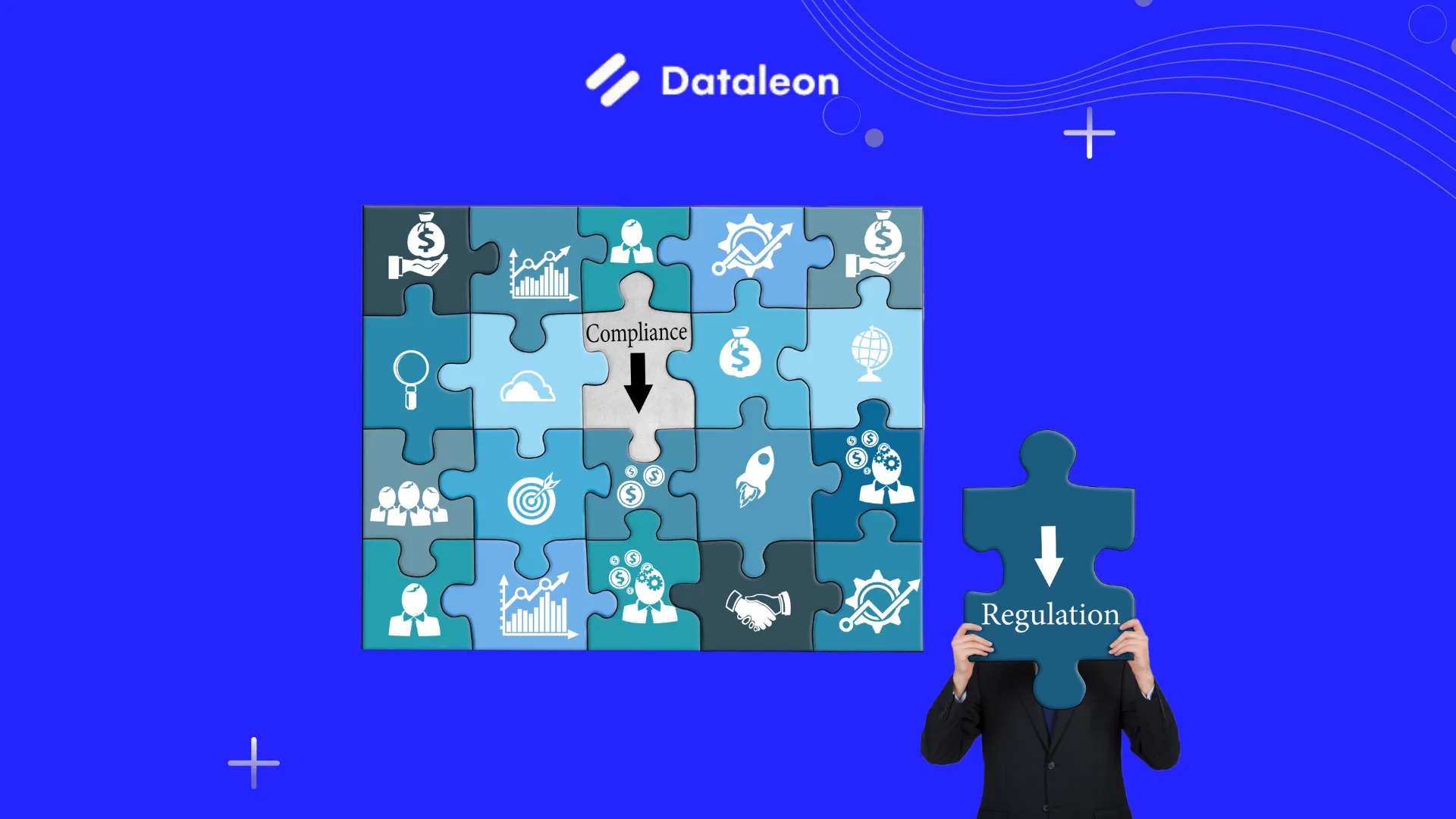Conducting risk assessments for AML compliance : A practical guide
Enhance security and global safety by enforcing AML regulations. Learn how to combat money laundering and terrorism effectively with compliance measures.



Enhance security and global safety by enforcing AML regulations. Learn how to combat money laundering and terrorism effectively with compliance measures.

Anti-money laundering (AML) compliance is the act of putting measures in place to detect and stop money laundering activities. To ensure AML compliance, financial institutions are required to follow specific regulations, including the Bank Secrecy Act (BSA) and the USA PATRIOT Act. These regulations necessitate the implementation of various measures such as risk assessments, to detect and prevent money laundering activities.
A risk assessment is an essential process for financial institutions to identify and evaluate potential money laundering risks related to their products, services, customers, and geographic locations. The goal of this process is to enable institutions to implement appropriate measures to mitigate these risks effectively.
Risk assessments are essential for institutions to identify and address potential risks that may adversely affect their business and reputation. Here are the six key steps involved in conducting a risk assessment:
The initial step in a risk assessment is to identify all possible risks associated with the institution's products, services, customers, and geographic locations. It is important to recognize all potential risks to address them effectively.
Evaluate each identified risk by assessing its likelihood and impact on the institution's business and reputation. This helps prioritize the risks and focus on the most significant ones.
The risk assessment matrix is a tool that helps institutions identify and score the level of risk associated with each identified risk. A scoring system is used to assign a score to each risk based on its likelihood and impact.
After identifying the risks, institutions must implement mitigation measures to address them. These measures may include enhancing due diligence procedures, implementing transaction monitoring systems, and providing employee training.
Institutions should regularly monitor and review the effectiveness of their mitigation measures. This ensures that the measures are still effective and that any necessary adjustments are made.
Finally, institutions must document the risk assessment process, including all identified risks, evaluation criteria, and mitigation measures. This documentation helps ensure that the institution is compliant with regulatory requirements and can effectively manage risks.
To further elaborate on the challenges faced during risk assessments, here are some additional points:
Despite these challenges, conducting thorough and effective risk assessments is crucial for ensuring the safety and stability of the financial system, as well as protecting institutions from reputational and financial harm.
Risk assessments are a vital component of AML compliance. Financial institutions need to comprehend the risks associated with their products, services, customers, and geographic locations and implement suitable measures to effectively mitigate these risks. If you follow the six steps mentioned in this guide, you can conduct a comprehensive risk assessment and establish mitigation measures that will successfully prevent money laundering activities.
Dataleon can help you bring your images and documents to life with ease.
Test the platform for freeContact us.svg)
Try 15 days
.svg)
No credit card
.svg)
Cancel Anytime